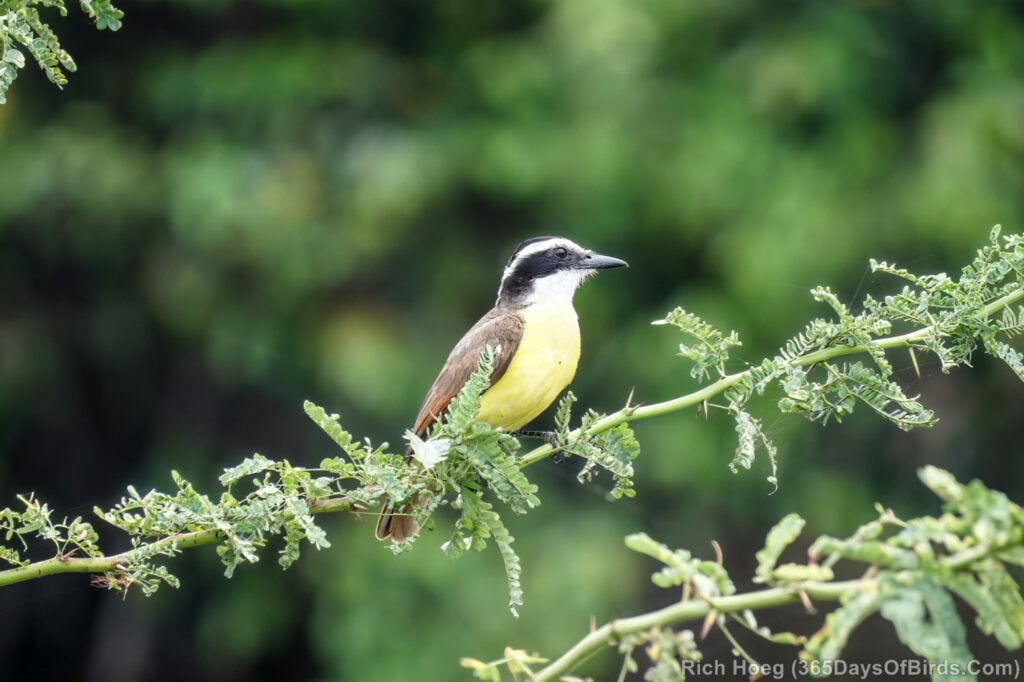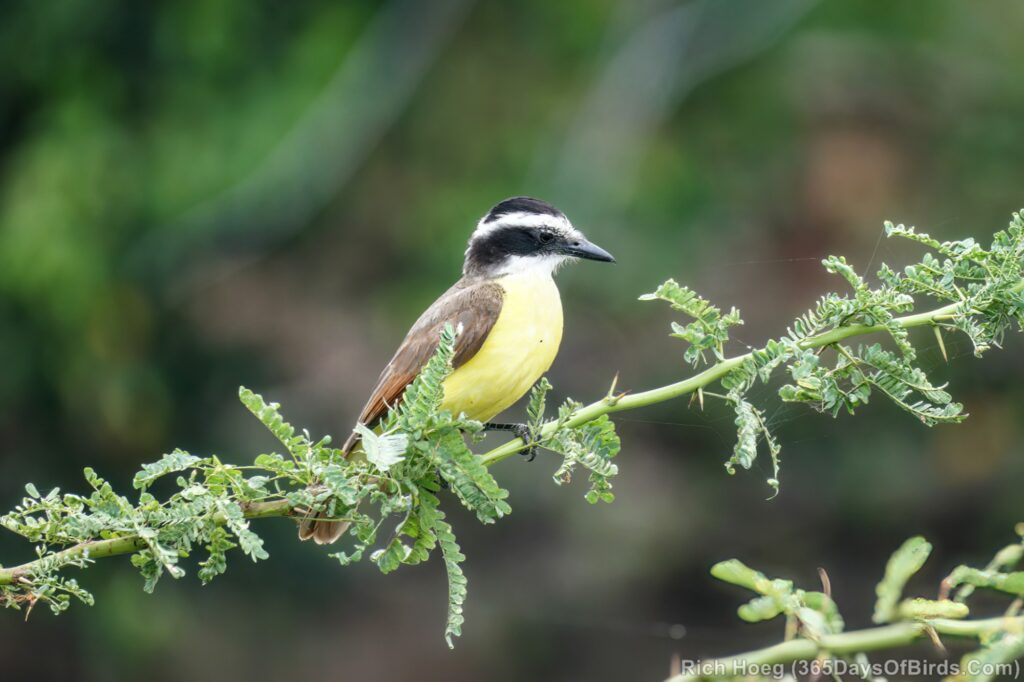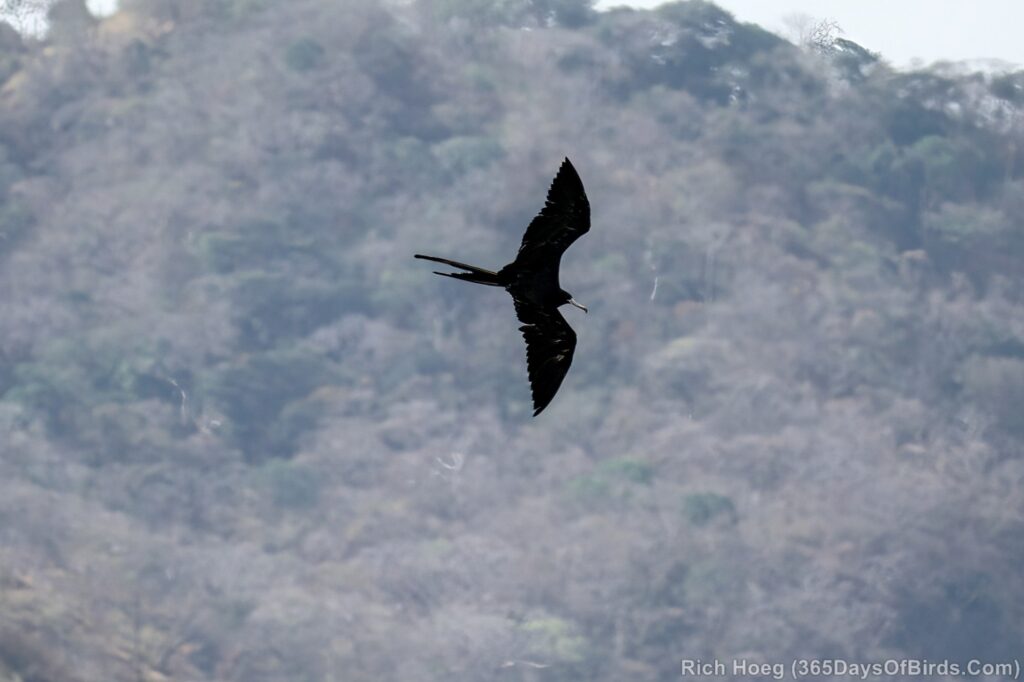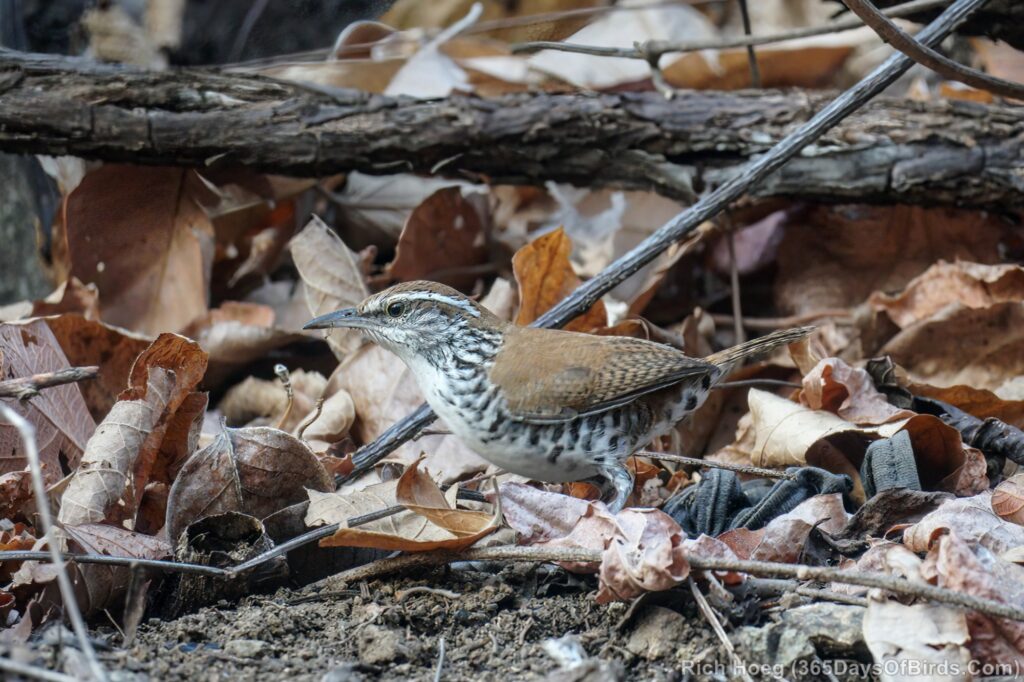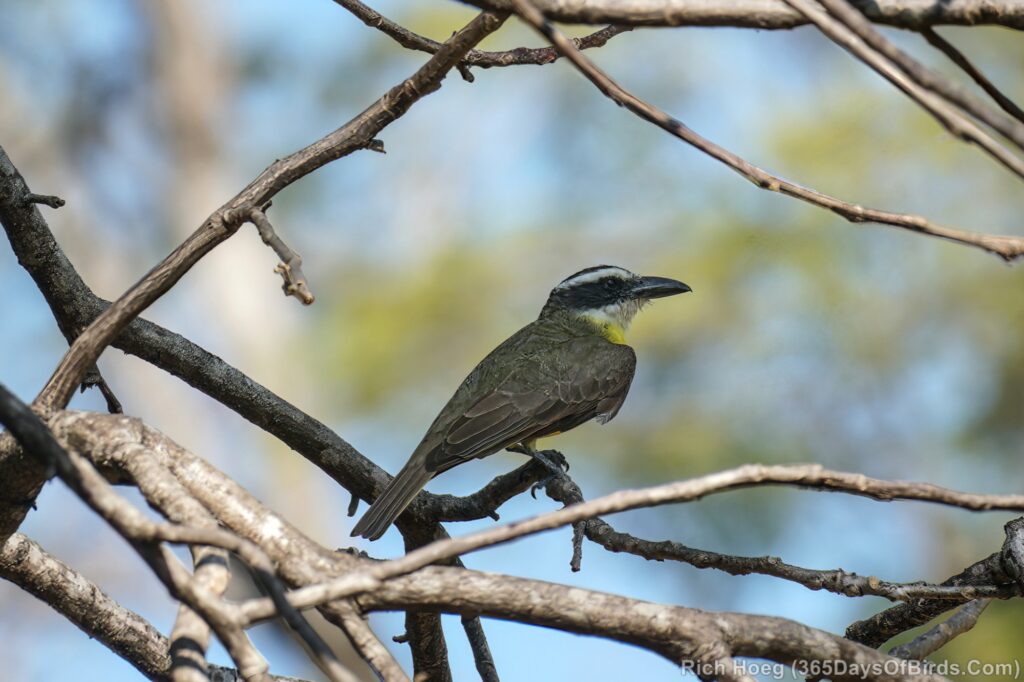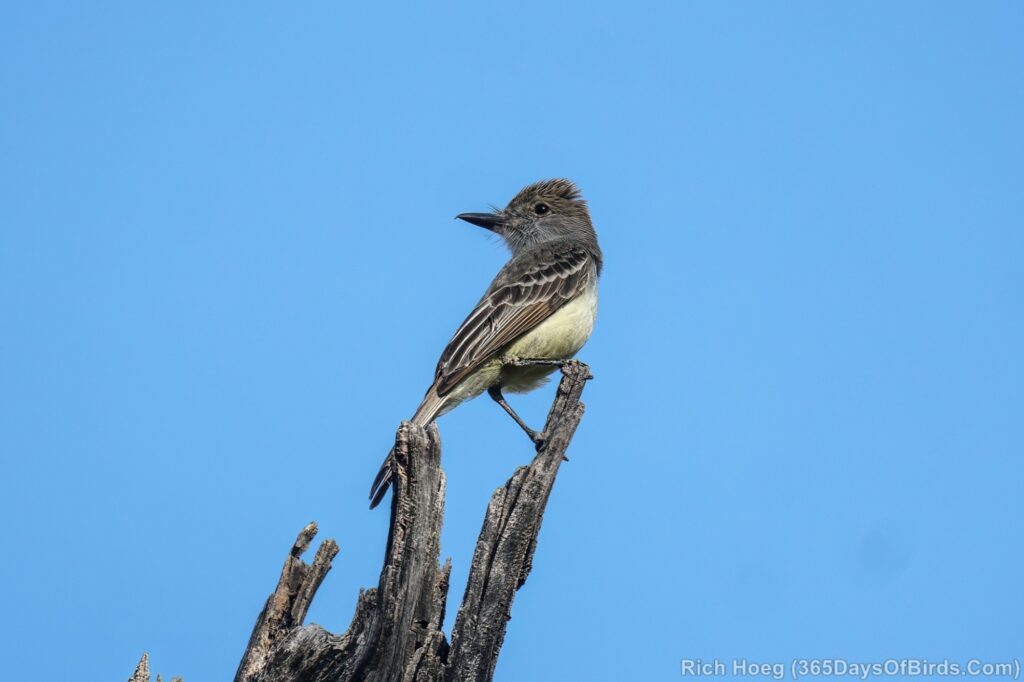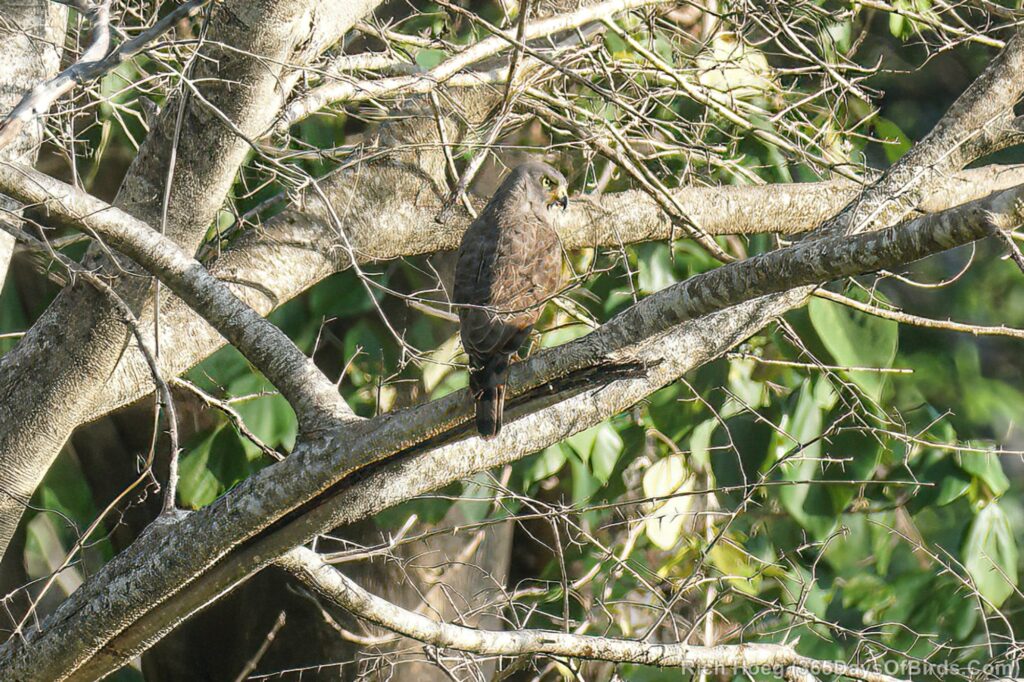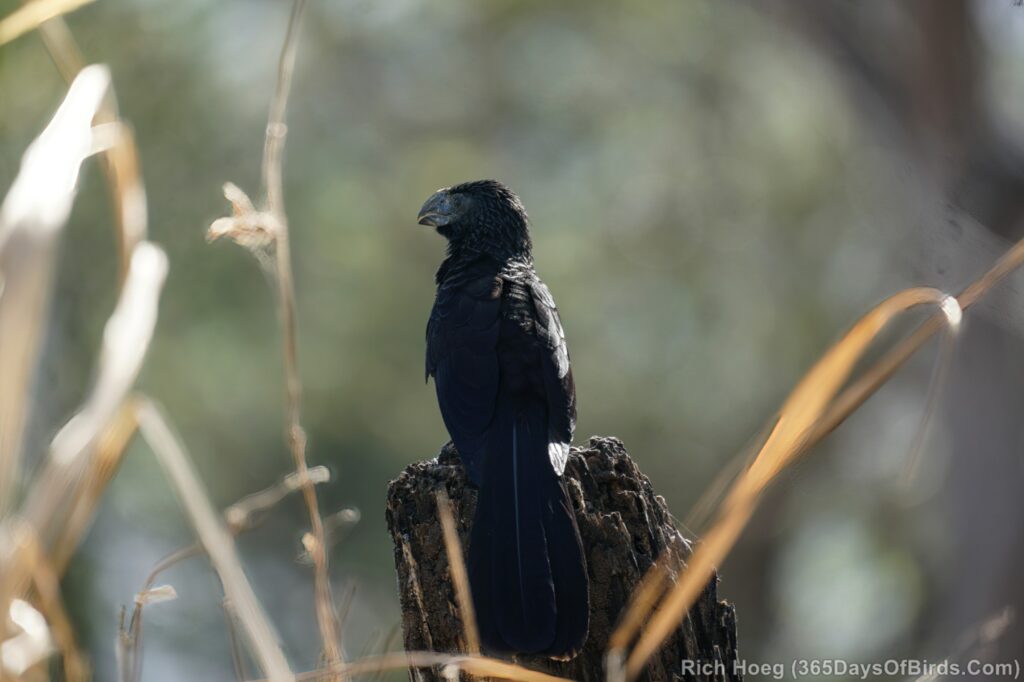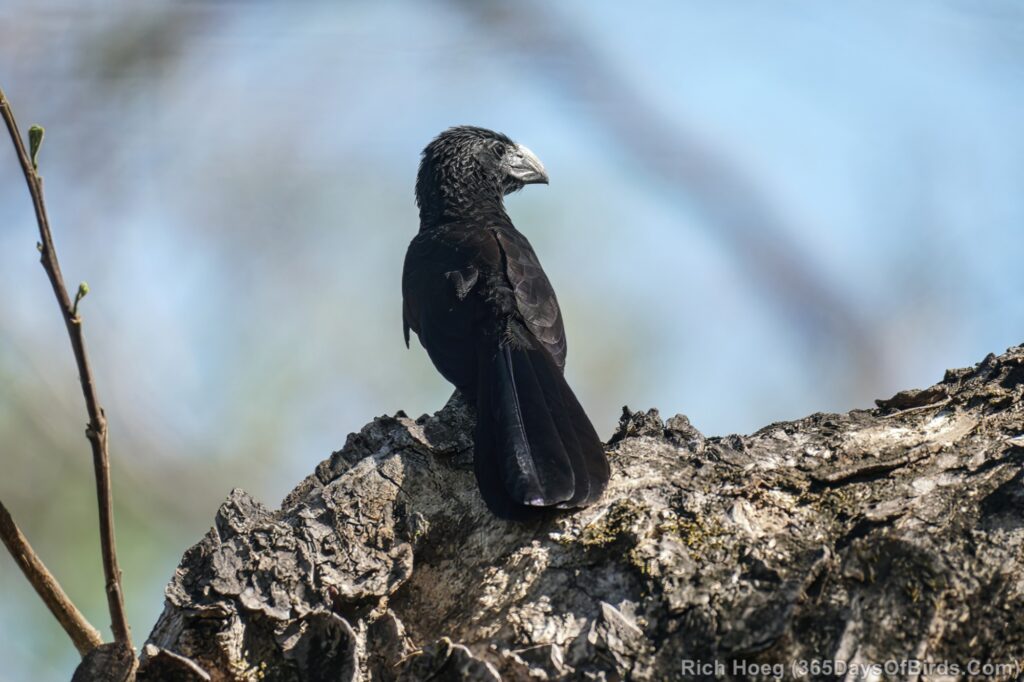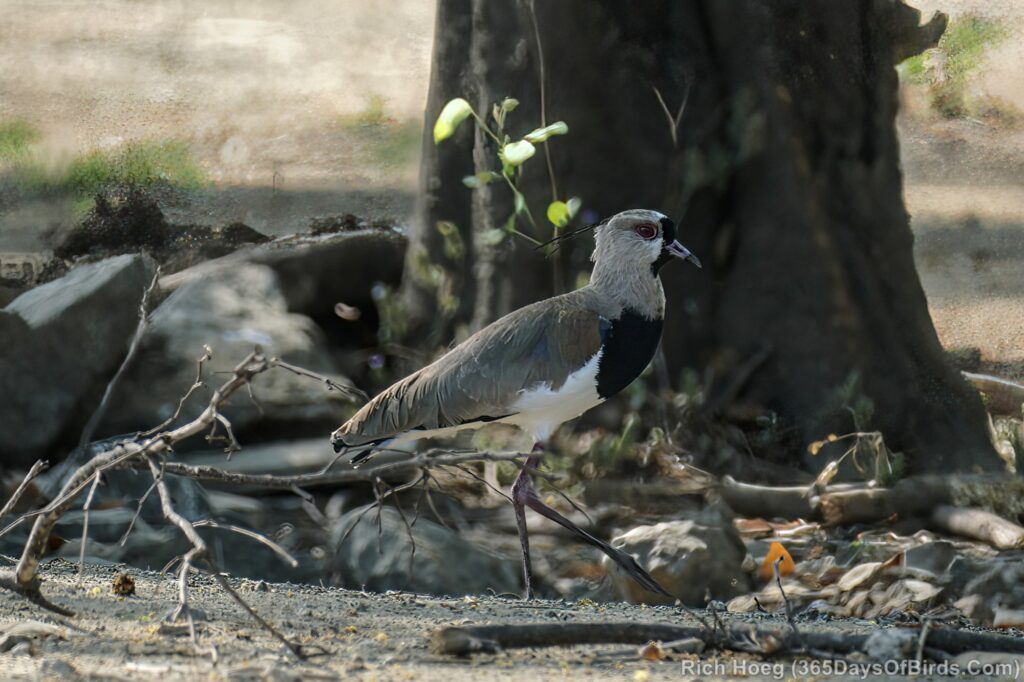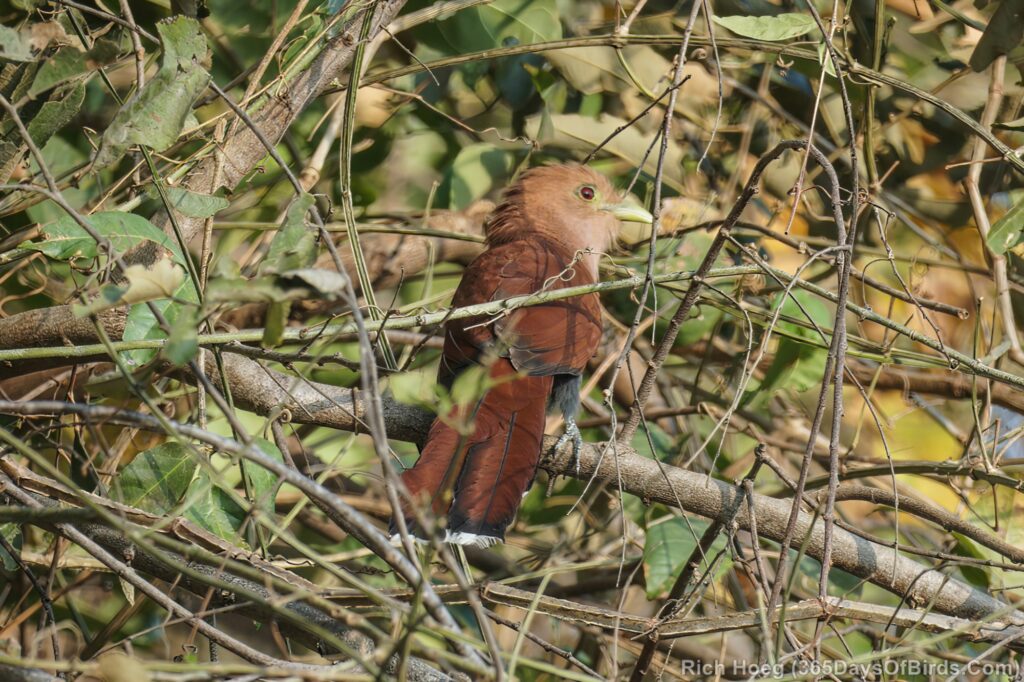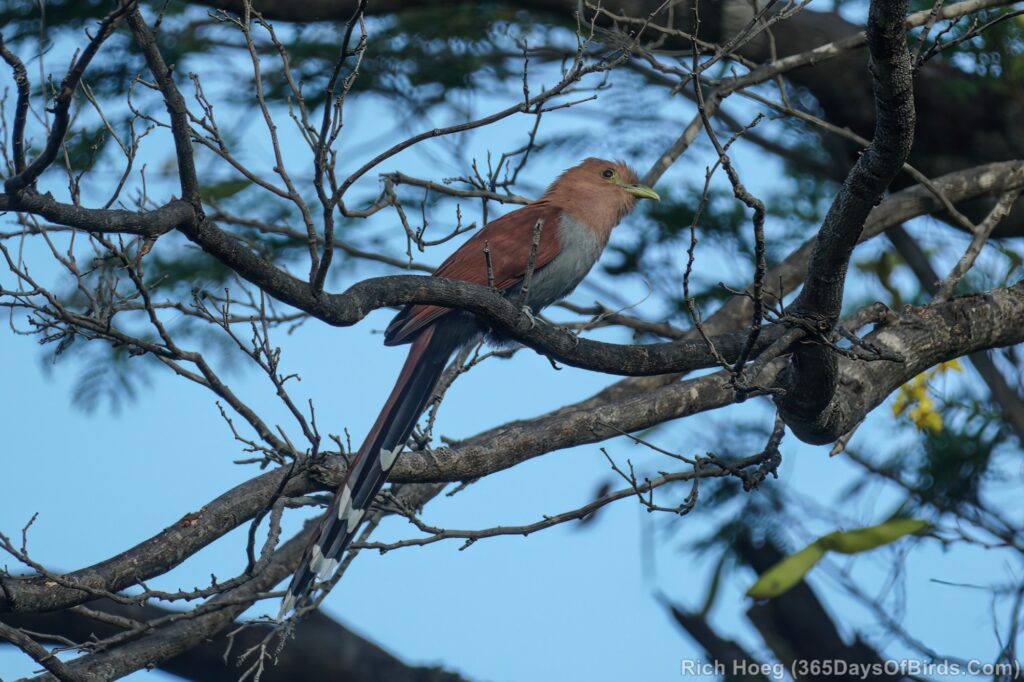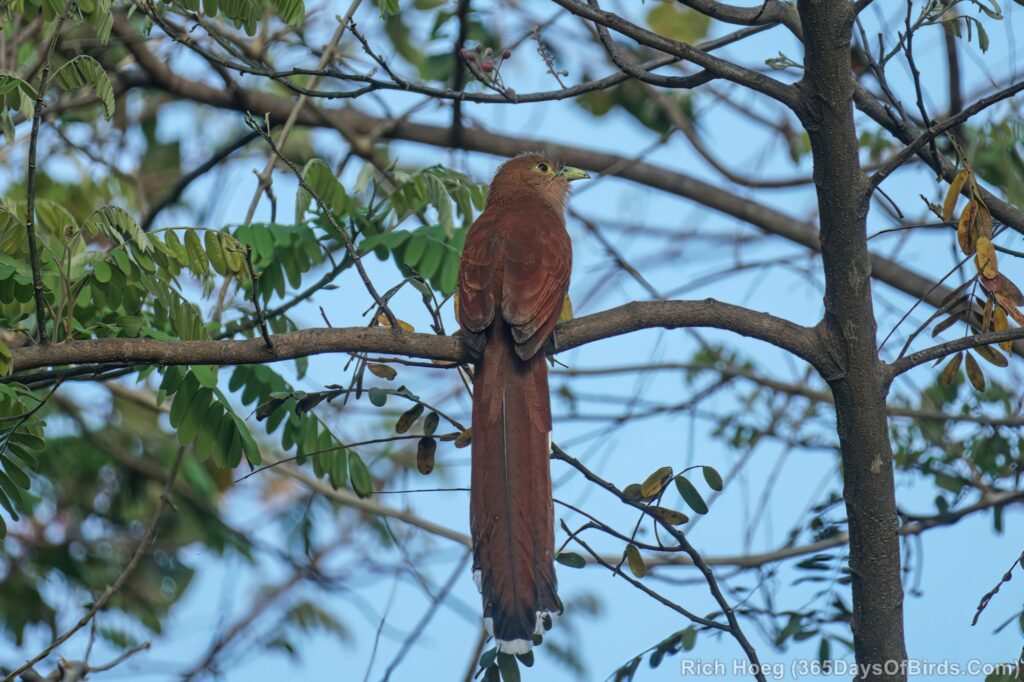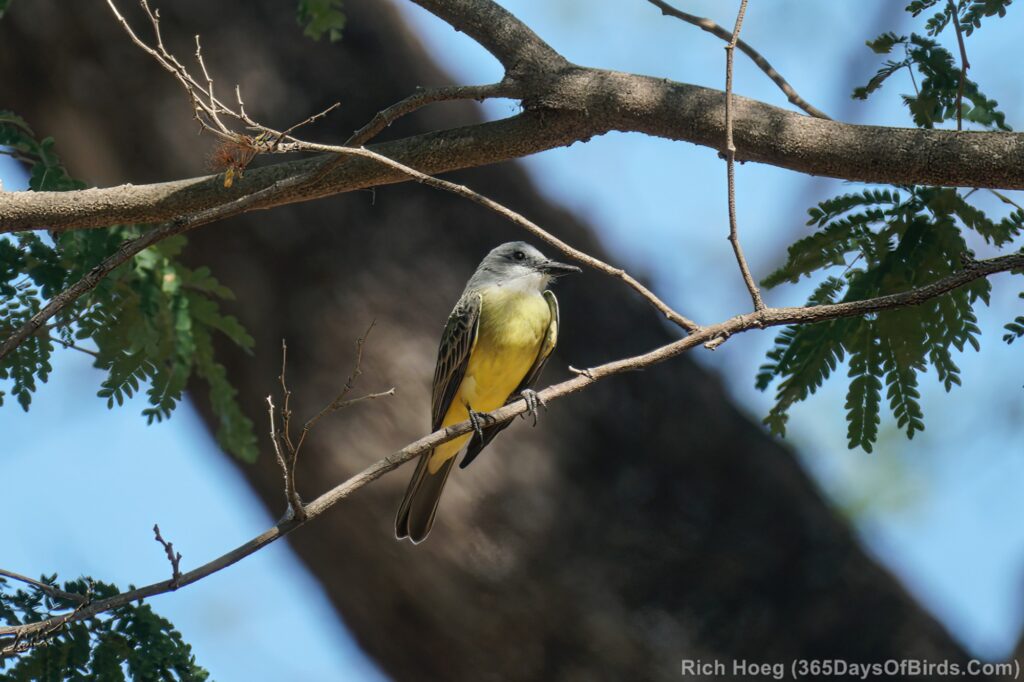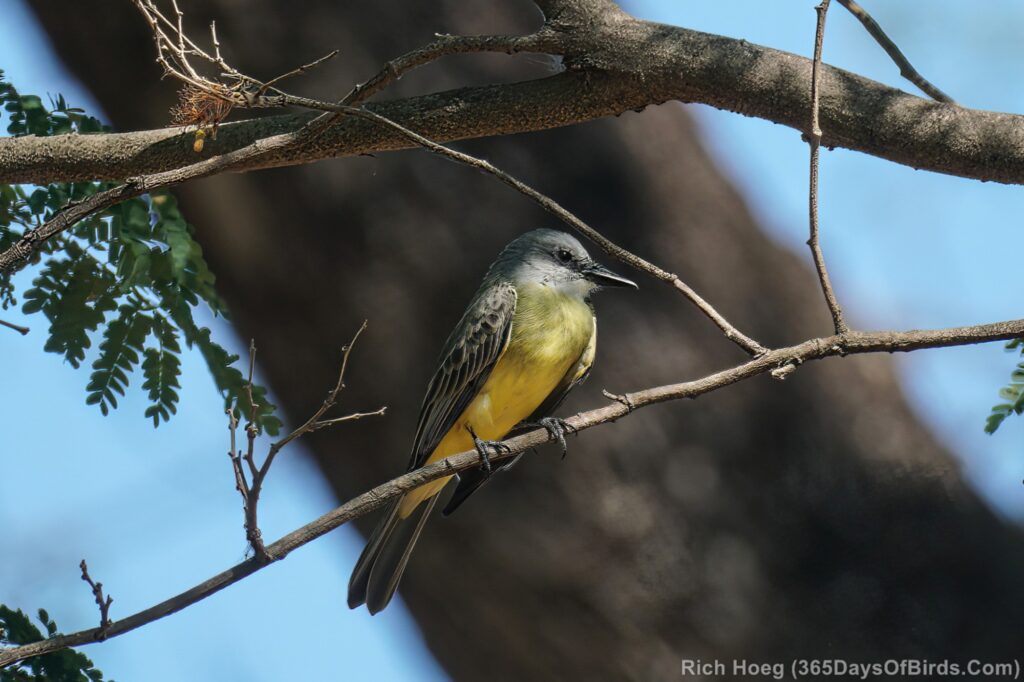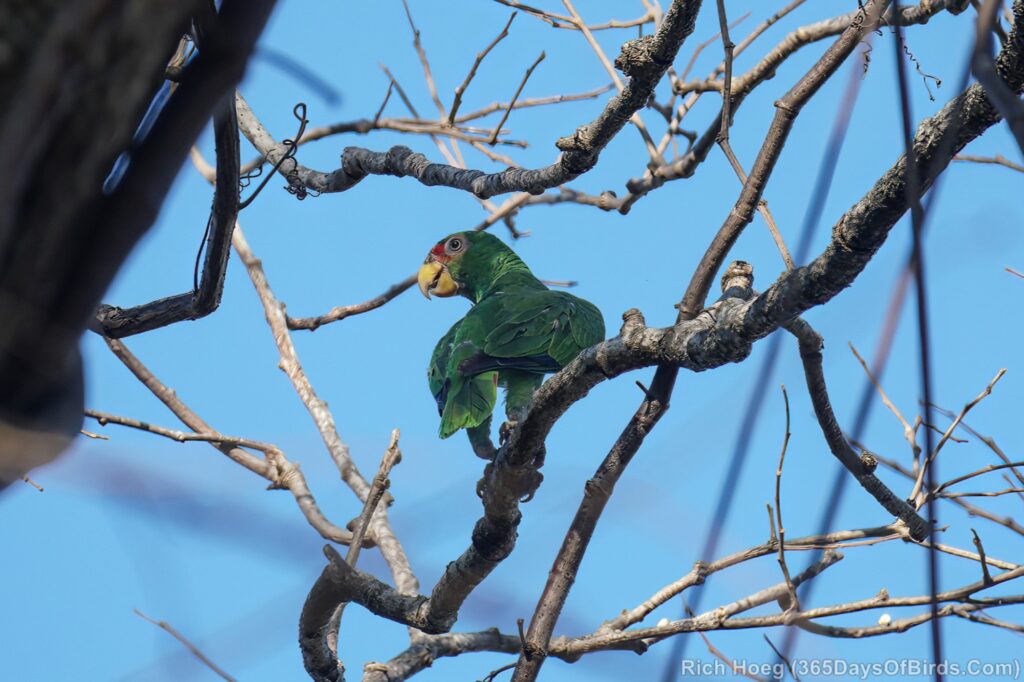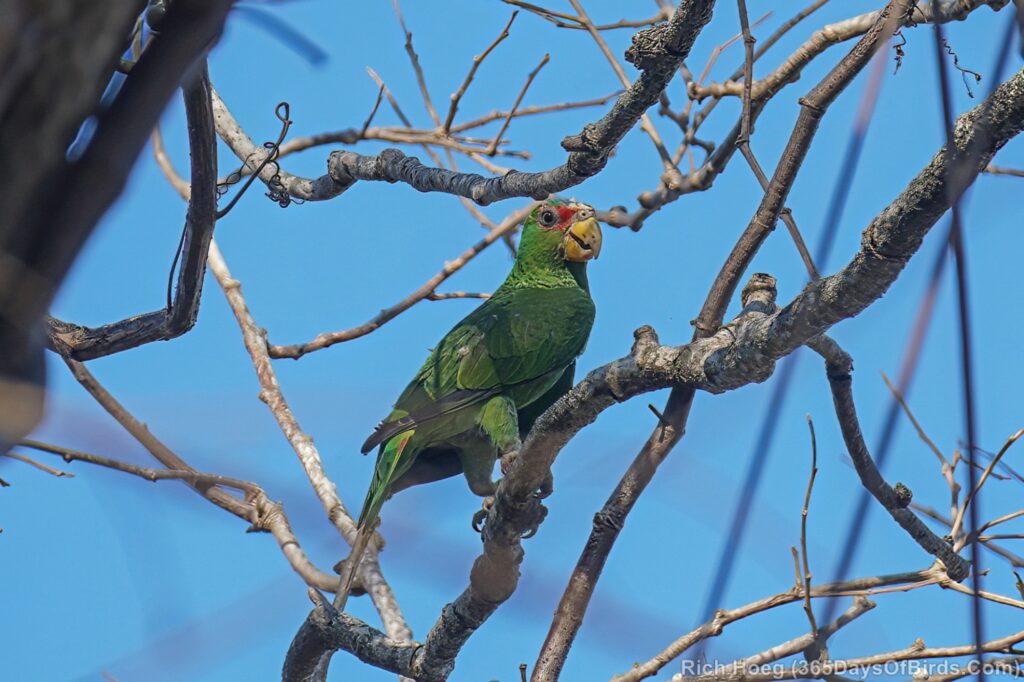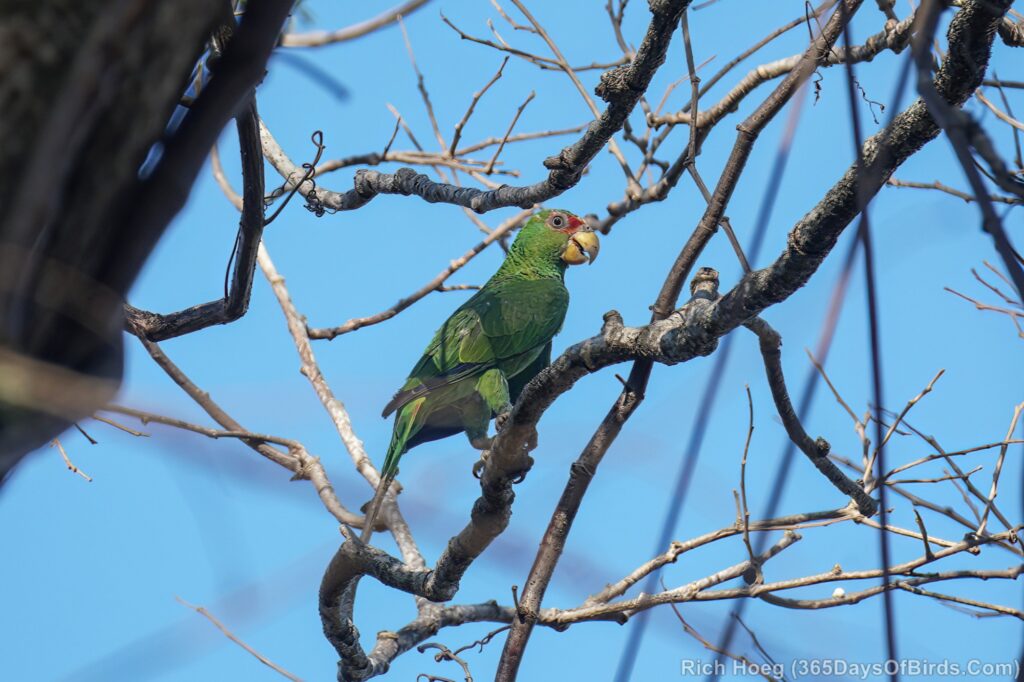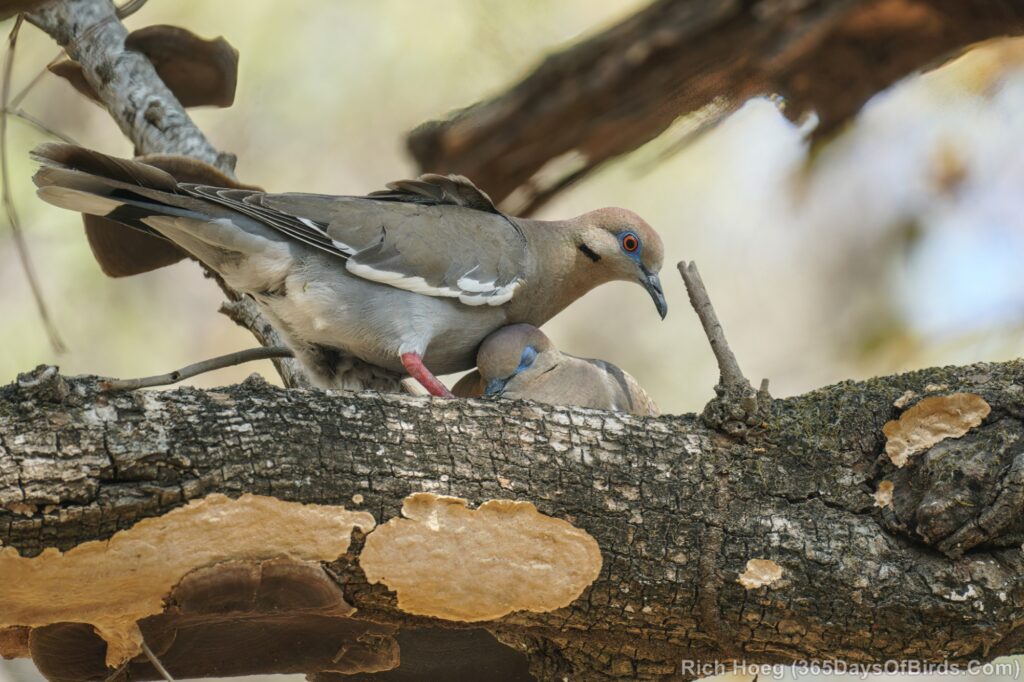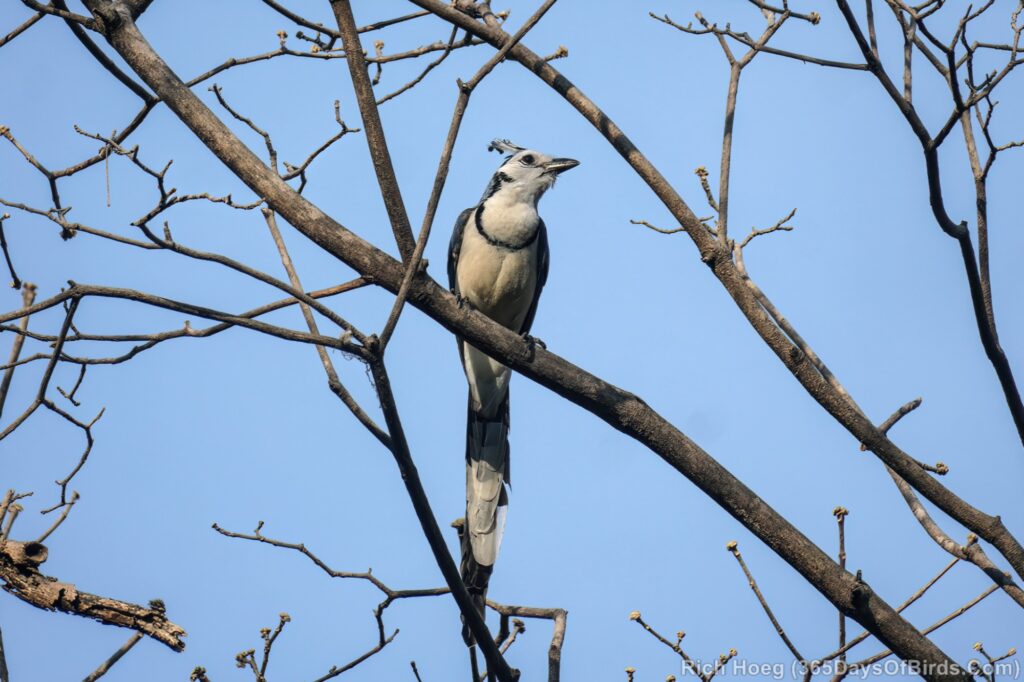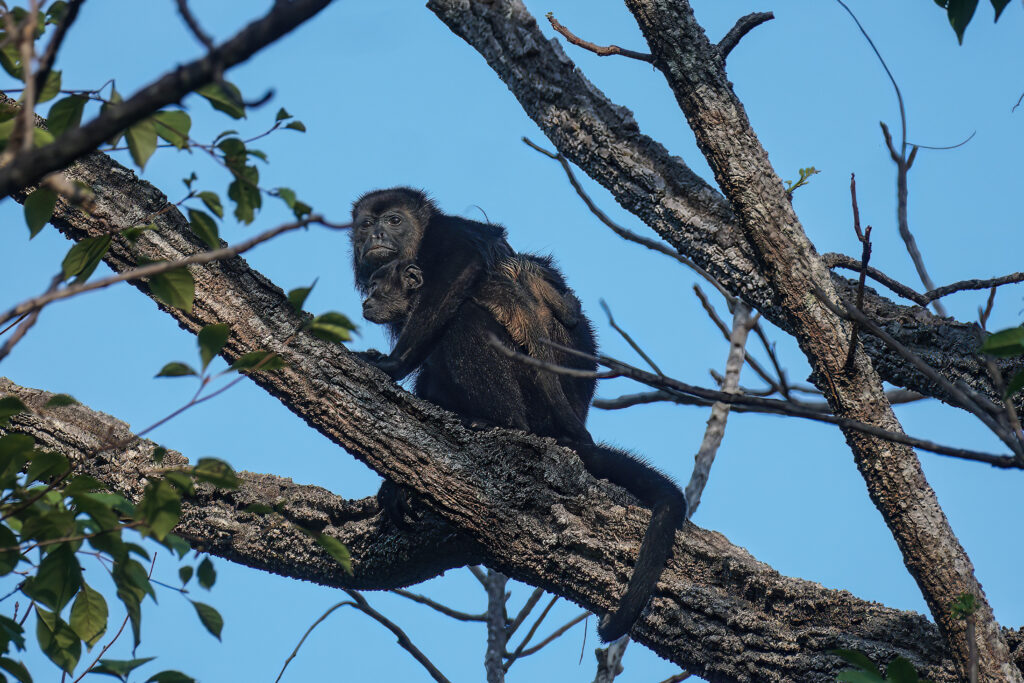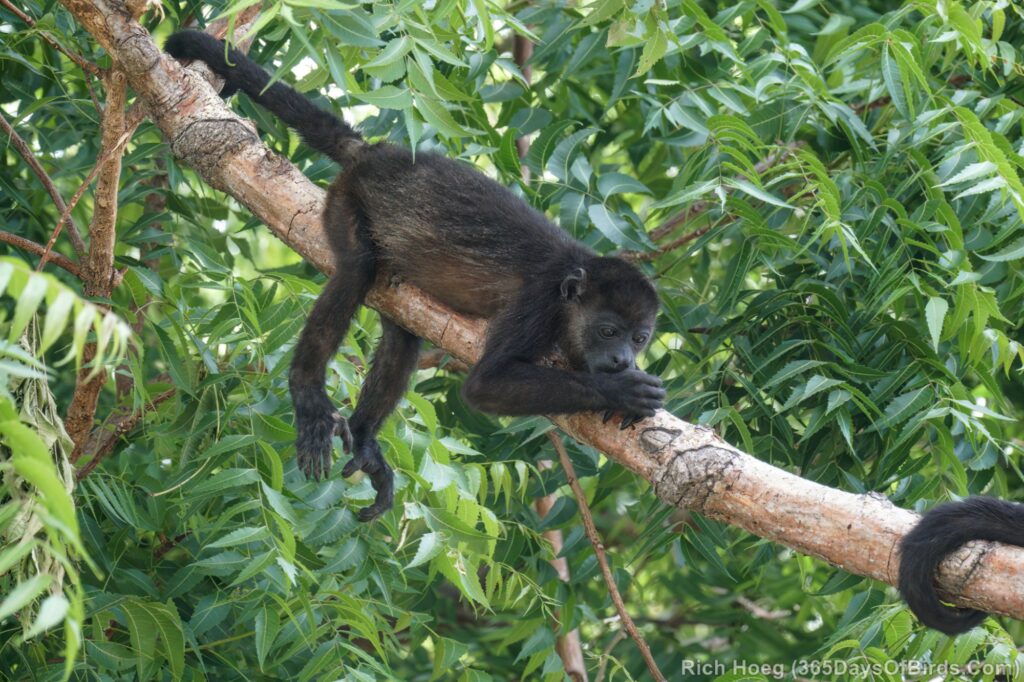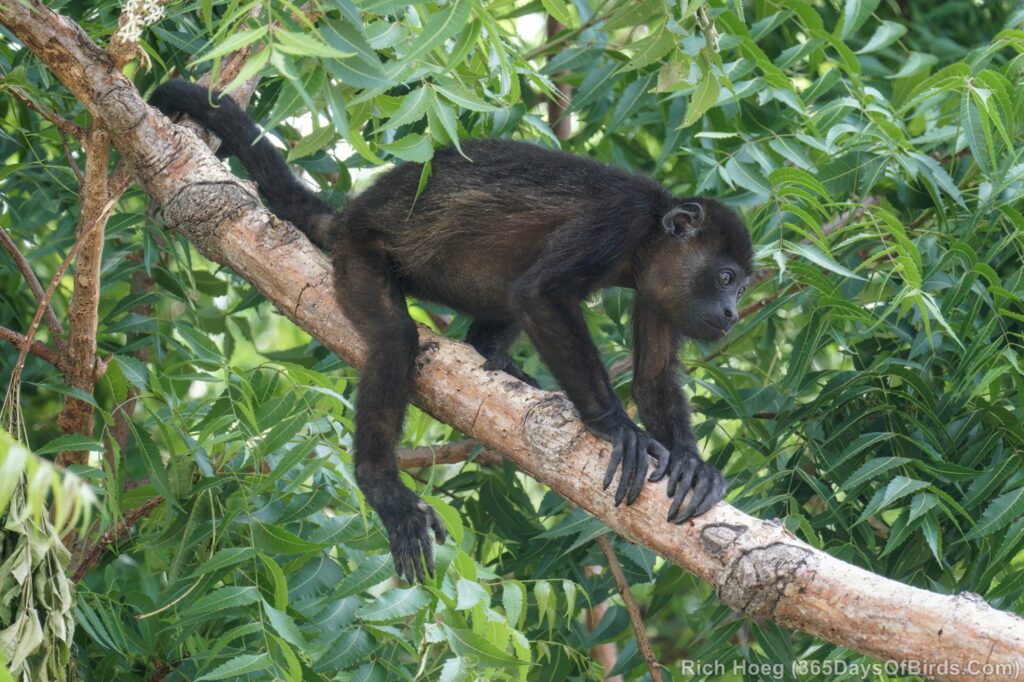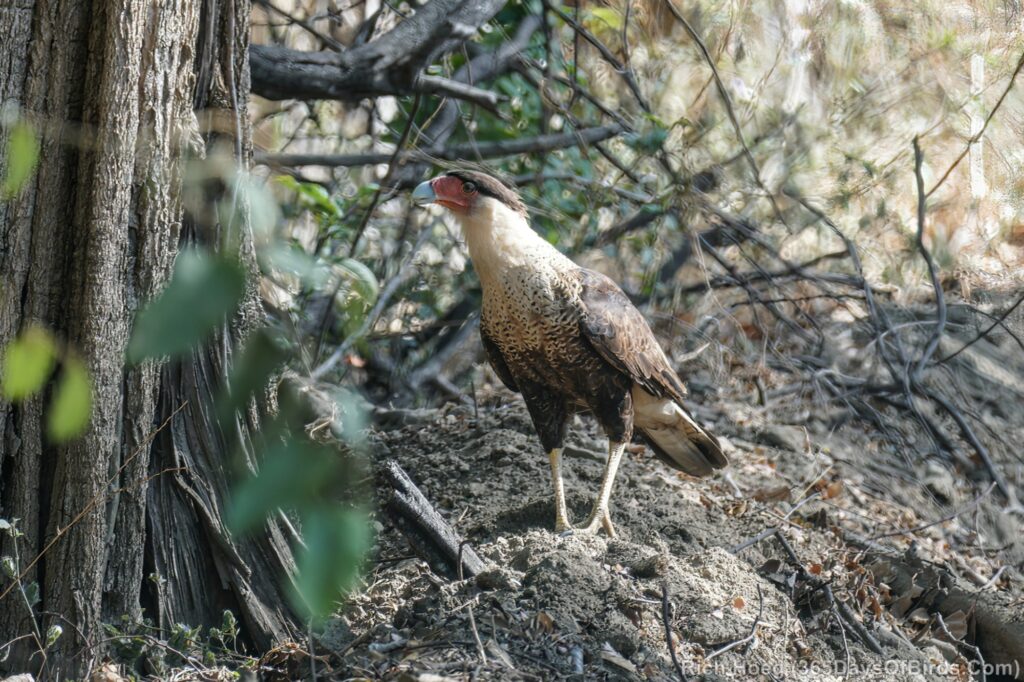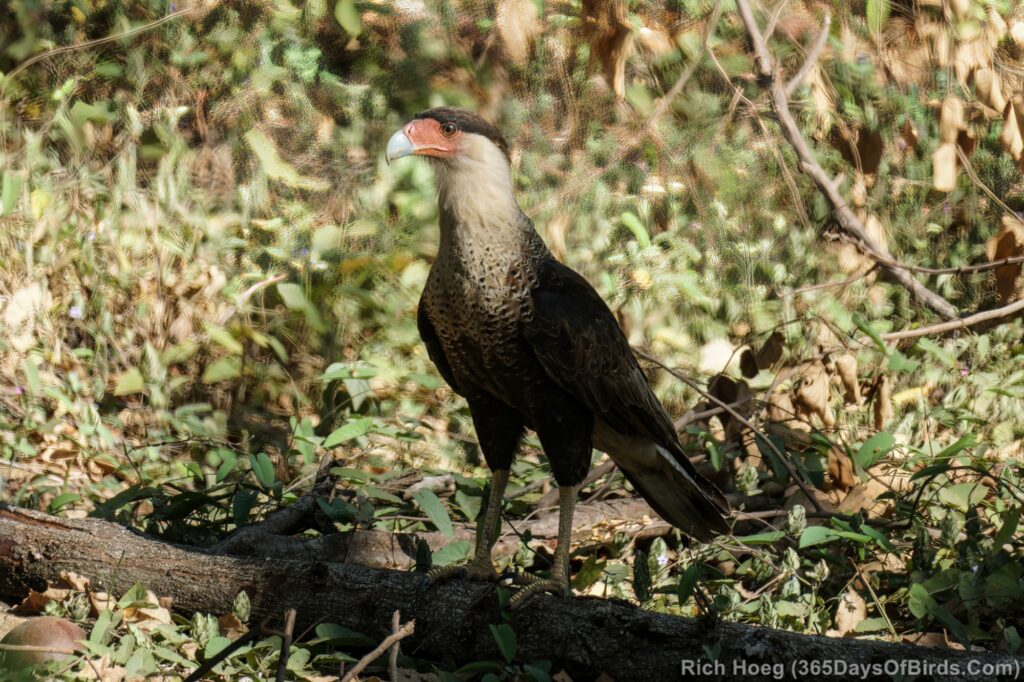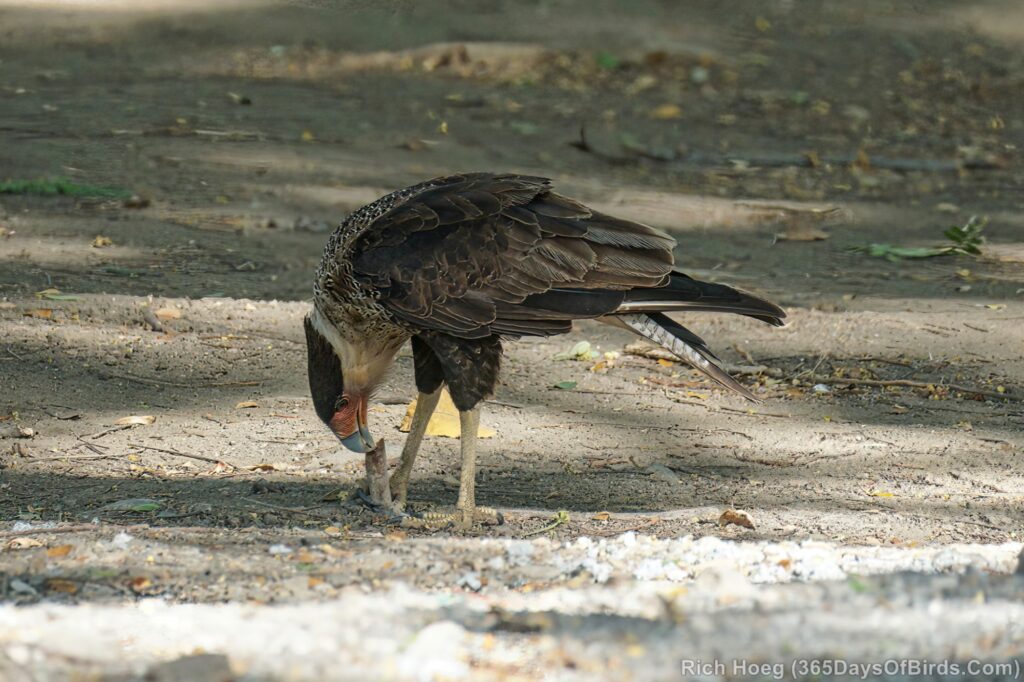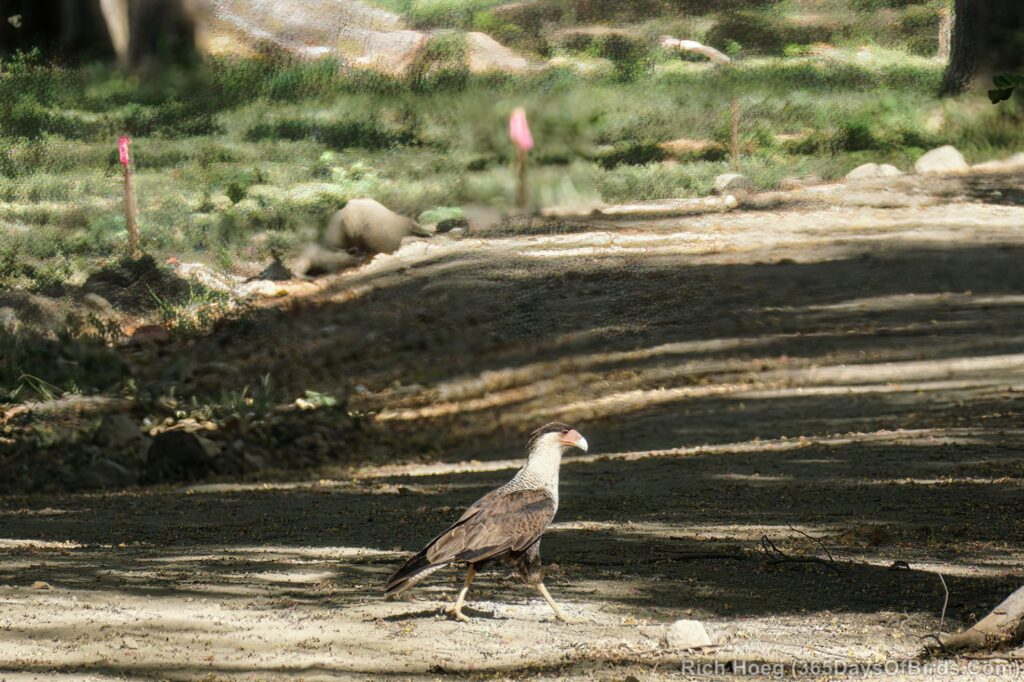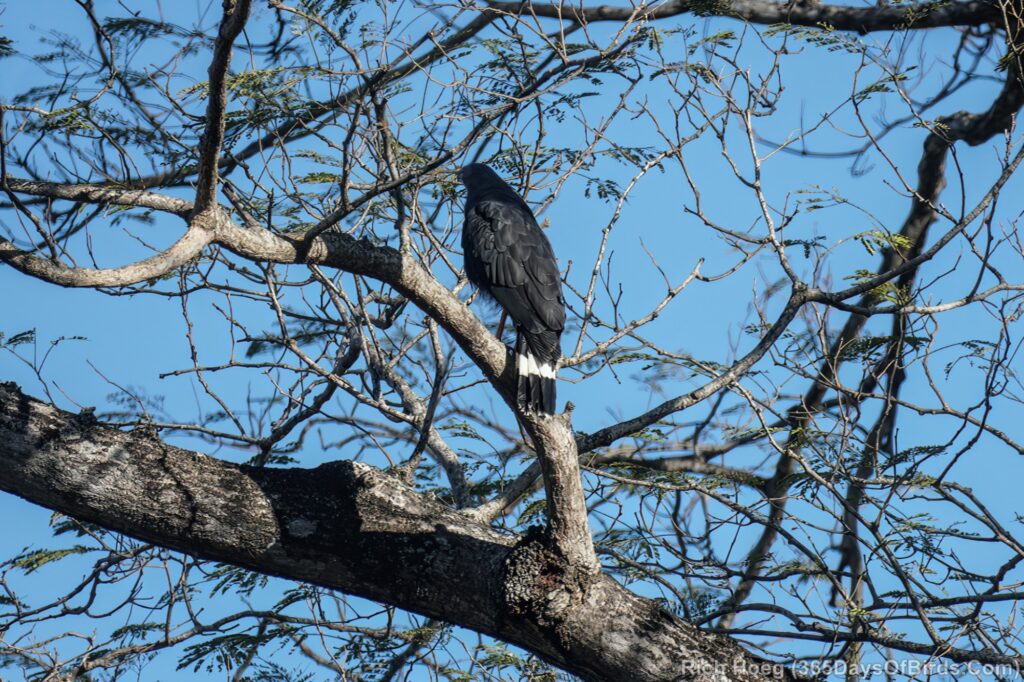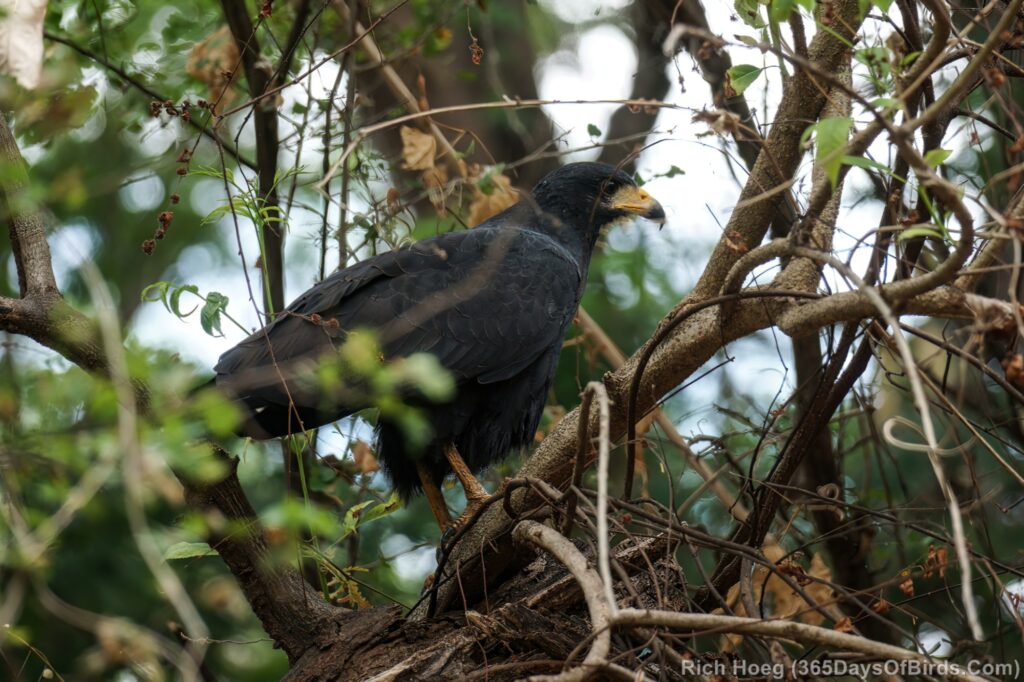In a few hours, Molly and I will start the 1+ day trip back to northern Minnesota. My trail cams next to my feeders at home seem to indicate the snow on the ground has finally melted in the last 24 hours. It will actually be nice to feel Lake Superior’s cool weather. Down here in Guanacaste Province, and specifically the town of Las Catalinas it reaches 95F by early afternoon every day. In addition there is zero reason to check my weather app. During the dry season the weather never changes … sunny and hot.
My last two days have been split between the Las Catalinas trails (I get out there before sunrise to beat the heat) and the Zapatal area reached by my 4WD jaunt up and over “The Hump”. Here is a data / bird photography dump from the past 48 hours. Homeward bound!
Great Kiskadee
Magnificent Frigatebird
Banded Wren
Spotted Sandpiper
Boat-Billed Flycatcher
Brown Crested Flycatcher
Gray Hawk
Groove-Billed Ani
Southern Lapwing
Squirrel Cuckoo
Tropical Kingbird
White-Fronted Amazon
White-Winged Dove
White-Throated Magpie Jay
Needless to say, without Cornell’s Merlin App I would have no idea how to ID these birds.
